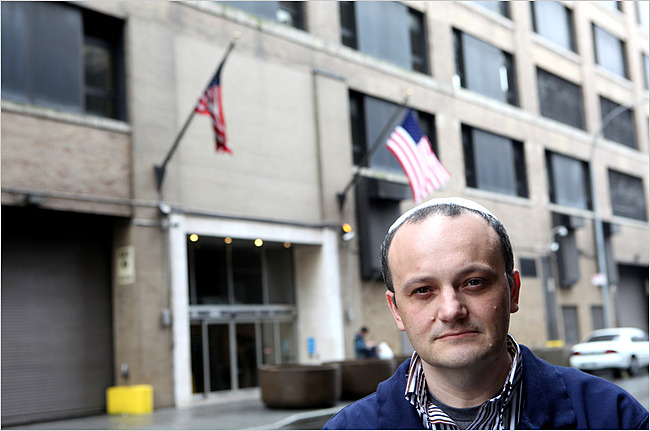| Want to send this page or a link to a friend? Click on mail at the top of this window. |
More Special Reports |
| Posted November 2, 2009 |
| National |
| Immigrant Jail Tests U.S. View Of Legal Access |
 |
|
SUSANNE DECHILLO/THE NEW YORK TIMES |
| The little-known detention center in Greenwich Village, on the fourth floor, reopened last year |
|
By NINA BERNSTEIN |
|
|
|
 |
|
|
SUSANNE DECHILLO/THE NEW YORK TIMES |
|
| Daniel I. Miller, a former detainee at the Varick Street center, complained of abuses. "These people have no rules, he said. |
|
____________ |
|
|
|
|
| Called a model by federal officials, an example of abuse by detainee advocates. | |
|
____________ |
| Wehaitians.com, the scholarly journal of democracy and human rights |
| More from wehaitians.com |